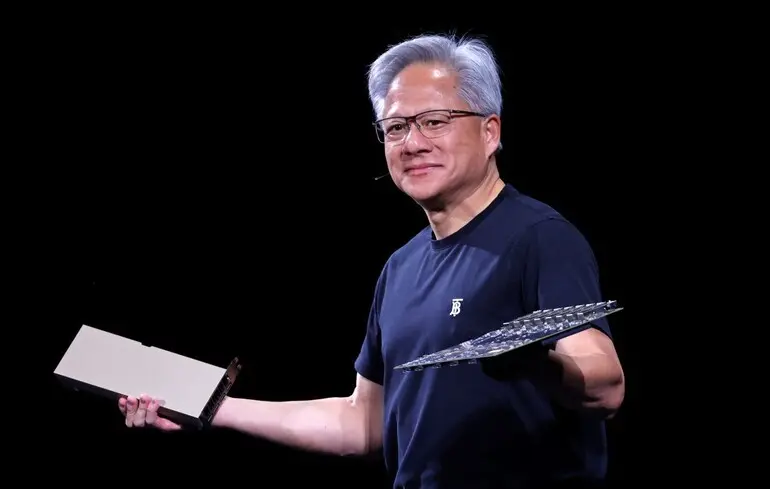Nvidia invests a groundbreaking $100 billion in OpenAI: a strategic move in the AI race

The semiconductor giant Nvidia announced a monumental investment pledge reaching up to $100 billion to support OpenAI’s efforts in building a cutting-edge artificial intelligence laboratory.
This ambitious initiative involves establishing a high-performance data center with a capacity of 10 gigawatts, doubling the energy consumption of millions of households and opening new horizons for the development of advanced AI systems.
According to Nvidia CEO Jensen Huang, the project is described as ‘colossal,’ and the company considers OpenAI the fastest-growing software organization in history.
OpenAI co-founder and CEO Sam Altman stated that the outcomes expected from this collaboration will be extraordinary, and everyone is still uncertain about the full scope of its impact.
Analysts emphasize that this deal reinforces Nvidia’s strategic goal—to support its partners while maintaining a steady demand for its chips.
Based on estimates from NewStreet Research, for every $10 billion invested in OpenAI, Nvidia will spend approximately $35 billion on its products, which may reduce margins but create a self-sustaining ecosystem benefiting startups struggling with funding.
Meanwhile, China has banned its technological companies from purchasing Nvidia’s AI chips, posing additional challenges to the global market.
The new investments will enable OpenAI to access cheaper sources of capital and significantly reduce production costs, which previously reached up to 15%, bringing them closer to conditions enjoyed by major corporations like Microsoft.
The announcement boosted Nvidia’s market capitalization by nearly $160 billion, reaching a record $4.5 trillion, making it the largest company in the world.
Despite remaining unprofitable—warning that losses could reach $44 billion by 2029—OpenAI’s monthly user base exceeds 700 million, illustrating its growing influence.
To realize plans for deploying 10 gigawatts of AI power, dozens of new data centers will be needed over several years, with the first phase expected to launch in late 2026 based on Nvidia’s Vera Rubin platform, which surpasses previous generations in power.
Details of the partnership are expected to be finalized within weeks, further consolidating their position in the global AI race.

